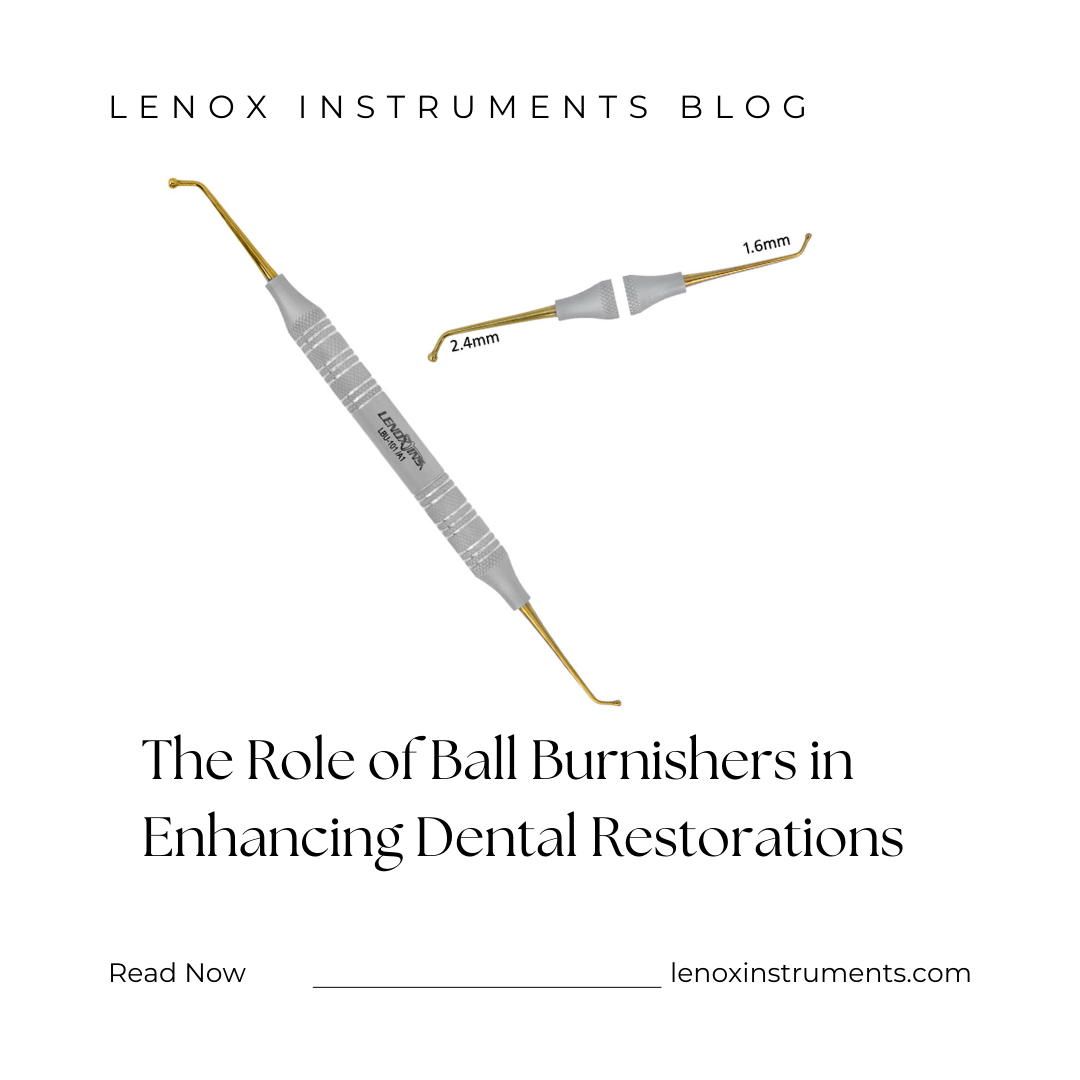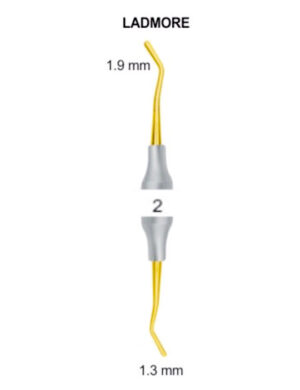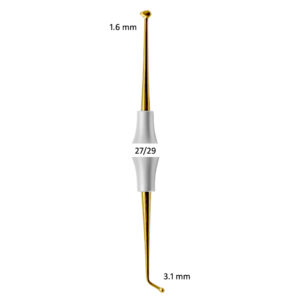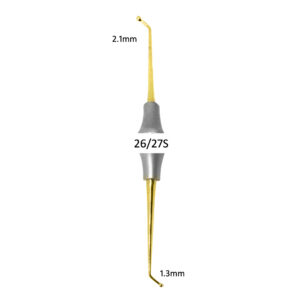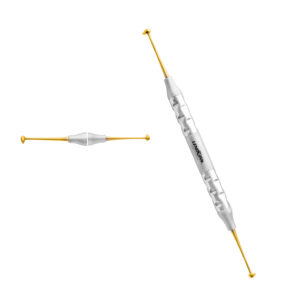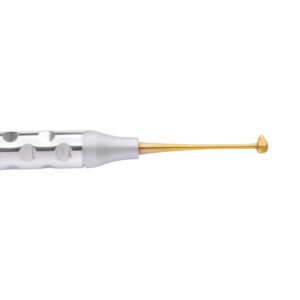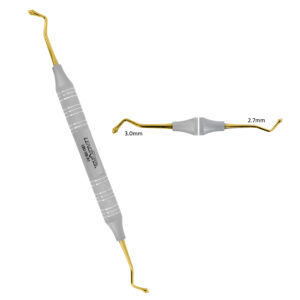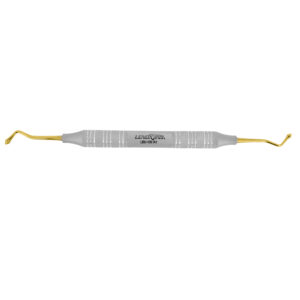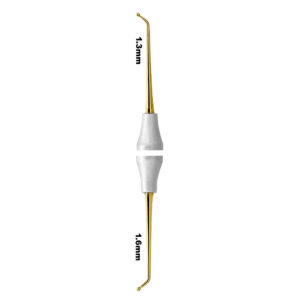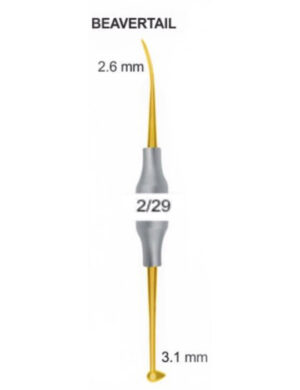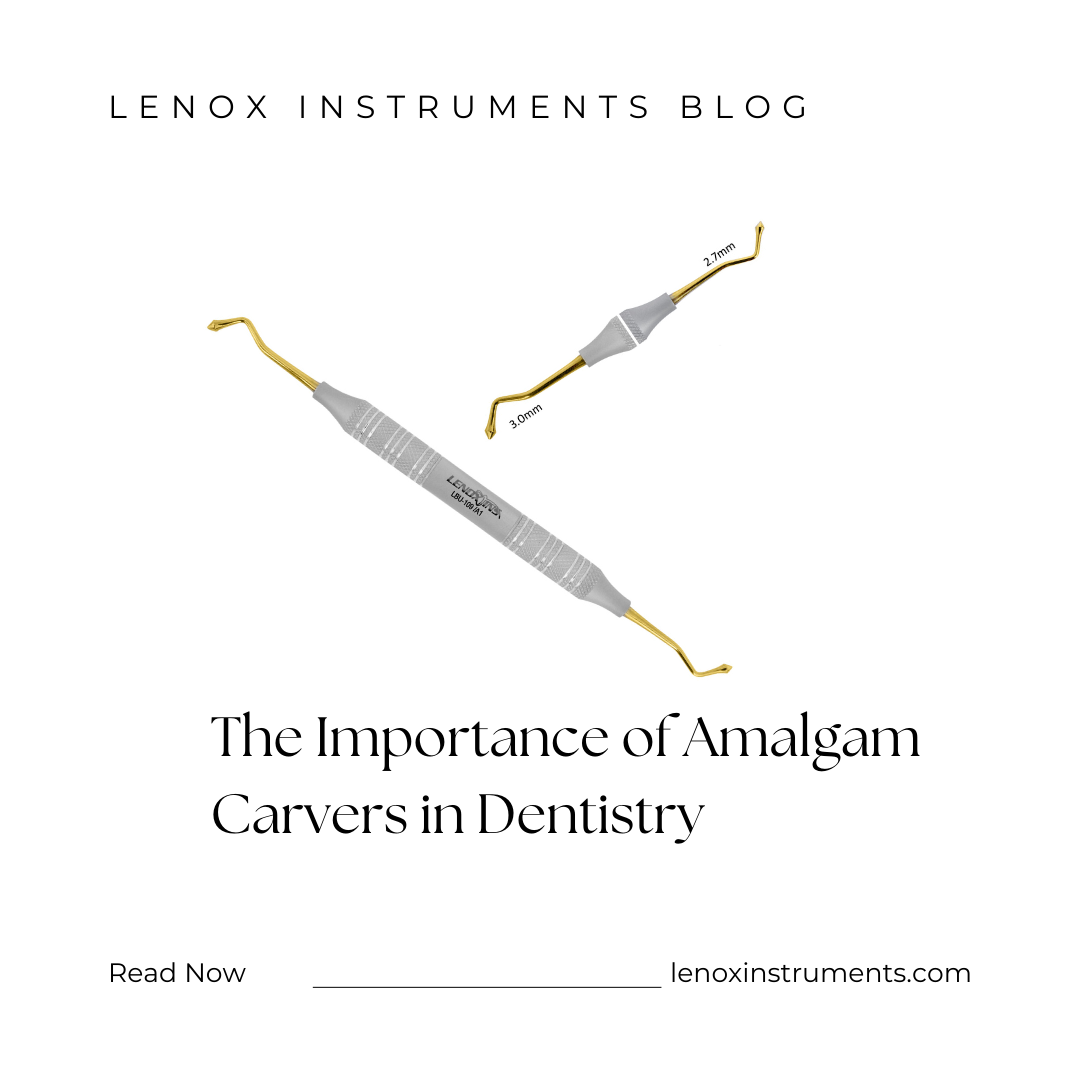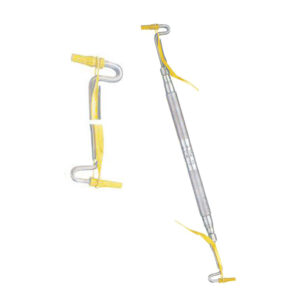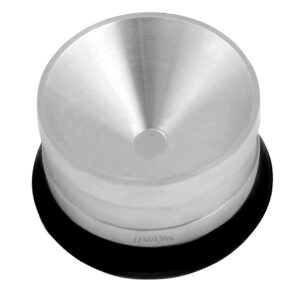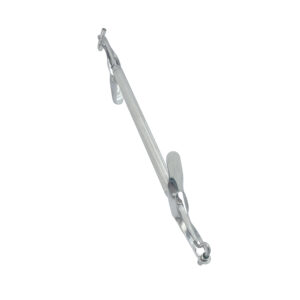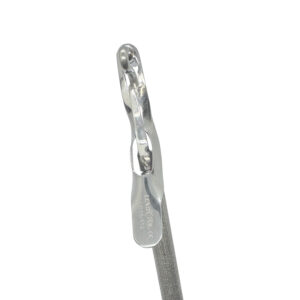The Role of Ball Burnishers in Enhancing Dental Restorations
- Posted September 9, 2024
- by LENOX INC CANADA
Ball burnishers are essential instruments in restorative dentistry, playing a crucial role in refining and perfecting dental restorations. These versatile tools, characterized by their spherical working ends, contribute significantly to the quality and longevity of dental work.
Key Functions of Ball Burnishers
- Smoothing Surfaces: Ball burnishers excel at smoothing the surfaces of dental restorations, particularly amalgam fillings. This process helps create a more uniform and polished appearance.
- Condensing Material: They are used to gently compress and adapt restorative materials, ensuring better contact with cavity walls. This improves the overall density of the restoration.
- Marginal Sealing: Ball burnishers help improve marginal adaptation of restorations, reducing the risk of microleakage and enhancing the longevity of the dental work.
- Pre-carve Burnishing: In amalgam restorations, ball burnishers are used before carving to improve density and initiate contouring. This step is crucial for maximizing the effectiveness of the restoration.
- Post-carve Burnishing: After carving, ball burnishers are employed to enhance smoothness and potentially improve marginal integrity. This process produces a satin appearance rather than a shiny surface.
Ball Burnishers
-
Burnishers Ladmore 2, 1.9mm / 1.3mm – Precision Restorative Instrument
Rated 0 out of 5USD22Discover the Burnishers Ladmore 2, 1.9mm / 1.3mm by Lenox Instruments, a professional dental tool designed for precise burnishing and contouring of composite and amalgam materials. Trusted by professionals in Canada, USA, UK, Australia, and Europe. -
Burnishers 27/29 BALL 3.1 mm / 1.6 mm – Precision Restorative Instrument
Rated 0 out of 5USD22Discover the Burnishers 27/29 BALL 3.1 mm / 1.6 mm by Lenox Instruments, a professional dental tool designed for precise burnishing and contouring of composite and amalgam materials. Trusted by professionals in Canada, USA, UK, Australia, and Europe. -
Burnishers 26/27S BALL 2.1 mm / 1.3 mm – Precision Restorative Instrument
Rated 0 out of 5USD22Discover the Burnishers 26/27S BALL 2.1 mm / 1.3 mm by Lenox Instruments, a professional dental tool designed for precise burnishing and contouring of composite and amalgam materials. Trusted by professionals in Canada, USA, UK, Australia, and Europe. -
Burnishers Ball 3.1/2.1mm – Precision Restorative Instrument
Rated 0 out of 5USD22Discover the Burnishers Ball 3.1/2.1mm by Lenox Instruments, a professional dental tool designed for precise burnishing and contouring of composite and amalgam materials. Trusted by professionals in Canada, USA, UK, Australia, and Europe.
Types and Applications
Ball burnishers come in various sizes, typically ranging from 26 to 30 in diameter. The 26/30 ball burnisher, for instance, features a ball burnisher on one end and an egg-shaped burnisher on the other, making it versatile for posterior restorations.
Technique and Best Practices
- Gentle Pressure: Dentists apply light, circular motions to avoid creating grooves in the restoration.
- Timing: In amalgam restorations, burnishing must be done before the material fully sets for optimal results.
- Complementary Use: Ball burnishers are often used in conjunction with other instruments like carvers and condensers for comprehensive restoration work.
Composite Filling Instrument
-
29 Ball Burnisher Double-Ended German Stainless Steel
Rated 0 out of 5USD22Discover the 29 Ball Burnisher Double-Ended German Stainless Steel by Lenox Instruments, a professional dental tool designed for precise burnishing and contouring of composite and amalgam materials. Trusted by professionals in Canada, USA, UK, Australia, and Europe. -
Burnishers Ladmore 2, 1.9mm / 1.3mm – Precision Restorative Instrument
Rated 0 out of 5USD22Discover the Burnishers Ladmore 2, 1.9mm / 1.3mm by Lenox Instruments, a professional dental tool designed for precise burnishing and contouring of composite and amalgam materials. Trusted by professionals in Canada, USA, UK, Australia, and Europe. -
ACRON Burnishers # 21, 2.7MM / 1.7MM – Precision Restorative Instrument
Rated 0 out of 5USD22Discover the ACRON Burnishers # 21, 2.7MM / 1.7MM by Lenox Instruments, a professional dental tool designed for precise burnishing and contouring of composite and amalgam materials. Trusted by professionals in Canada, USA, UK, Australia, and Europe. -
ACRON Burnishers # 21B, 3MM / 2.7MM – Precision Restorative Instrument
Rated 0 out of 5USD22Discover the ACRON Burnishers # 21B, 3MM / 2.7MM by Lenox Instruments, a professional dental tool designed for precise burnishing and contouring of composite and amalgam materials. Trusted by professionals in Canada, USA, UK, Australia, and Europe. -
Burnishers PKT 3P LADMORE – Precision Restorative Instrument
Rated 0 out of 5USD22Discover the Burnishers PKT 3P LADMORE by Lenox Instruments, a professional dental tool designed for precise burnishing and contouring of composite and amalgam materials. Trusted by professionals in Canada, USA, UK, Australia, and Europe. -
Burnishers 27/29 BALL 3.1 mm / 1.6 mm – Precision Restorative Instrument
Rated 0 out of 5USD22Discover the Burnishers 27/29 BALL 3.1 mm / 1.6 mm by Lenox Instruments, a professional dental tool designed for precise burnishing and contouring of composite and amalgam materials. Trusted by professionals in Canada, USA, UK, Australia, and Europe. -
Burnishers 26/27S BALL 2.1 mm / 1.3 mm – Precision Restorative Instrument
Rated 0 out of 5USD22Discover the Burnishers 26/27S BALL 2.1 mm / 1.3 mm by Lenox Instruments, a professional dental tool designed for precise burnishing and contouring of composite and amalgam materials. Trusted by professionals in Canada, USA, UK, Australia, and Europe. -
Burnishers 2/29 BEAVERTAIL 2.6 mm / 3.1 mm – Precision Restorative Instrument
Rated 0 out of 5USD22Discover the Burnishers 2/29 BEAVERTAIL 2.6 mm / 3.1 mm by Lenox Instruments, a professional dental tool designed for precise burnishing and contouring of composite and amalgam materials. Trusted by professionals in Canada, USA, UK, Australia, and Europe.
Benefits in Restorative Procedures
- Improved Restoration Quality: Enhances the density and adaptation of restorative materials.
- Reduced Post-operative Sensitivity: Better marginal sealing can lead to less sensitivity for patients.
- Enhanced Longevity: Proper burnishing contributes to the durability of restorations.
- Aesthetic Improvement: While not primarily for aesthetics, burnishing can improve the overall appearance of restorations.
Conclusion
Ball burnishers are indispensable tools in modern dentistry, contributing significantly to the quality and durability of dental restorations. Their proper use requires skill and precision but can make a substantial difference in the final outcome of restorative procedures. As dental techniques continue to evolve, the role of ball burnishers remains crucial in ensuring optimal patient outcomes and satisfaction.


